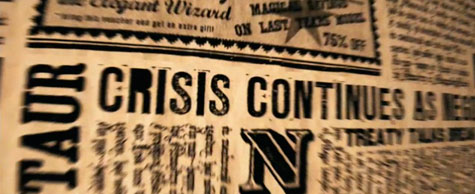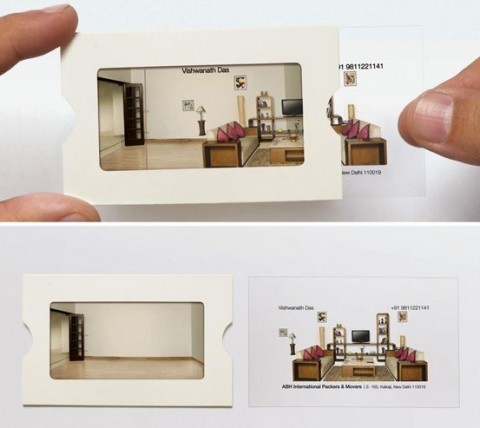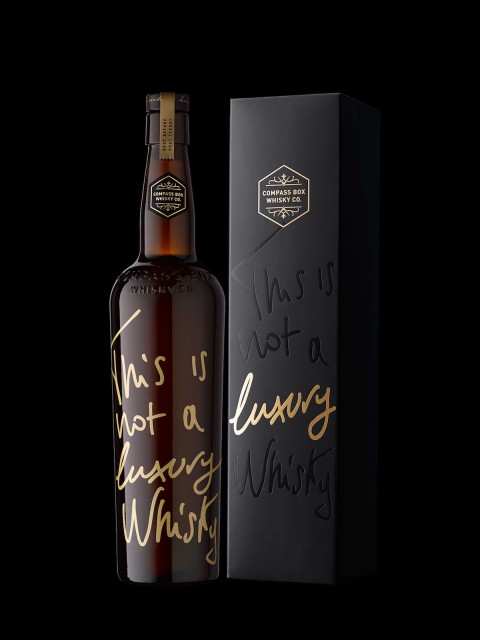By Aaron Berman
“I draw pictures all day.” It’s a slogan that adorns T-shirts, buttons and other items designers proudly wear, an ironic testament to just how complicated their professional duties have become. Gone are the days when you could simply slap together an impressive design, defend it against the office nitpickers, and go home. Today you have to have mastered at least three major software packages, and keep track of the photo rights purchased for every project.
And then there are the fonts. Like magpies, creatives are attracted to, and acquire, many different fonts in our travels, and sprinkle them liberally throughout our design. Despite our best intentions, it’s not uncommon for the odd font to sneak into the finished product.
 It’s not the end of the world if it does, you say? Tell that to NBC Universal. The company has been successfully sued more than once for NBC’s misappropriation of typefaces. In 2009, Font Bureau went after it for $2 million for using Grotesque, Interstate and Antenna (among others) in its on-air show promotions. In January, the company settled a $3.5 million suit lodged by Brand Design Co. over the use of Chalet. The list goes on, and NBC is hardly the only offender.
It’s not the end of the world if it does, you say? Tell that to NBC Universal. The company has been successfully sued more than once for NBC’s misappropriation of typefaces. In 2009, Font Bureau went after it for $2 million for using Grotesque, Interstate and Antenna (among others) in its on-air show promotions. In January, the company settled a $3.5 million suit lodged by Brand Design Co. over the use of Chalet. The list goes on, and NBC is hardly the only offender.
Fortunately, there are some best practices we can follow to ensure that we stay on the straight and narrow.
1. Convince your company/client to take font compliance seriously.
In most cases, the NBC lawsuits didn’t come about because the network swiped typefaces without spending a dime; they reportedly bought licenses for a few computers and then copied them over to others.
“First and foremost, you need to change internal culture; that’s the hardest part,” says James Kidwell, product marketing manager at Extensis. “The most important thing that we find we need to tell people is that fonts are licensed like software. They need to understand that when you license a font, you have the right to use it typically on just one machine, and there might also be some other limitations.”
2. Actually read the license agreement.
Yes, we know, who the devil has the time? Seriously, make time. “They can differ in endless ways,” says Thomas Phinney, Extensis’ senior technical product manager for fonts & typography. It isn’t all about the number of computers you’re running it on, either. For example, Kidwell knows of at least two that stipulate separate conditions if their font is going to appear on packaging.
3. Watch those glyphs.
Even if you’ve been completely scrupulous with tracking your fonts, you might not even remember that the fancy little apple you included in that logo for applesauce isn’t a vector or Illustrator file, but a font.
4. Assess which fonts your company has licenses for.
While no one has time to go back through years of completed projects to confirm that all contain licensed fonts, everyone can take stock of what they have in their type arsenal going forward.
“Some teams have been around for 20 or 30 years, and one of the unique things about font software is that something you purchased 20 or 30 years ago could still work,” Kidwell says. “The quality might not be that great, but people might still have them. Can they prove beyond a shadow of a doubt that they bought that font 15 years ago? Not always.” Today’s the day to figure it out.

Unless it’s just you and one other person in your company, this is THE one thing you need to do above all else. Even in the smallest companies, think about just how many devices a design file might pass through: desktops, laptops, iPads – and all require licensed fonts. Add to that the growing use of off-site freelancers and the challenge multiplies exponentially. One person should be designated the type gatekeeper – somebody who makes it their business to know what fonts are being loaded on to machines, and if they’re licensed. At a bare minimum, this information can be logged in a simple spreadsheet.
6. Set up a font management system.
If you’re tackling more than a project or two a week, you might require more than a spreadsheet. Fortunately, there are some applications designed to keep track of it all. Extensis’ Universal Type Server, for example, acts as the gatekeeper, distributing fonts only to those involved in a particular project, while preventing others from introducing unauthorized fonts into the system.
“What [a company will] do is figure out what they can prove that they’ve legally bought; put that in one bucket,” explains Kidwell. “Then they’ll take everything else they have and put that in another bucket. And our software allows you to set up a preview-only work group. When someone says ‘We have this one script font that would be really…great for this job’ – if they find that in the approved bucket, great. If they find it in the ones they can’t prove [licensing for], at that point they initiate an internal search for proof that they bought it, or they go out and just license it.”
7. Don’t panic.
If a type foundry contacts you or your boss about a font, it’s enough to ruin your day. But remember, most companies just want to get paid a fair rate for the use of their typeface – they’re not out to bankrupt you. And sometimes mistakes happen.
A lawyer for a type foundry approached Extensis about a year ago regarding a couple of fonts it had been using, Phinney says. “Now as it happened, of the two typefaces, one was used in something designed by an outside firm. We only had a bitmap rendering from the font used in a graphic on our website. The outside firm was licensed for the font. No problem there at all. The other typeface we were not even using, they were simply mistaken! We wrote them back, and as far as I know they never even deigned to reply.”
Bottom line: Take font compliance seriously because you don’t always get that kind of a happy ending. People get taken to court.
“I would bet that in most of those cases, the defendant paid a bunch of legal fees to a lawyer, and also paid at a minimum the cost of legitimately licensing the fonts in question,” says Phinney. “Equally important is the immense pain in the posterior and huge time sink of dealing with the situation. I am willing to bet that in retrospect, every defendant who had an actual issue wished they had just been legit to start with.”
………..
















